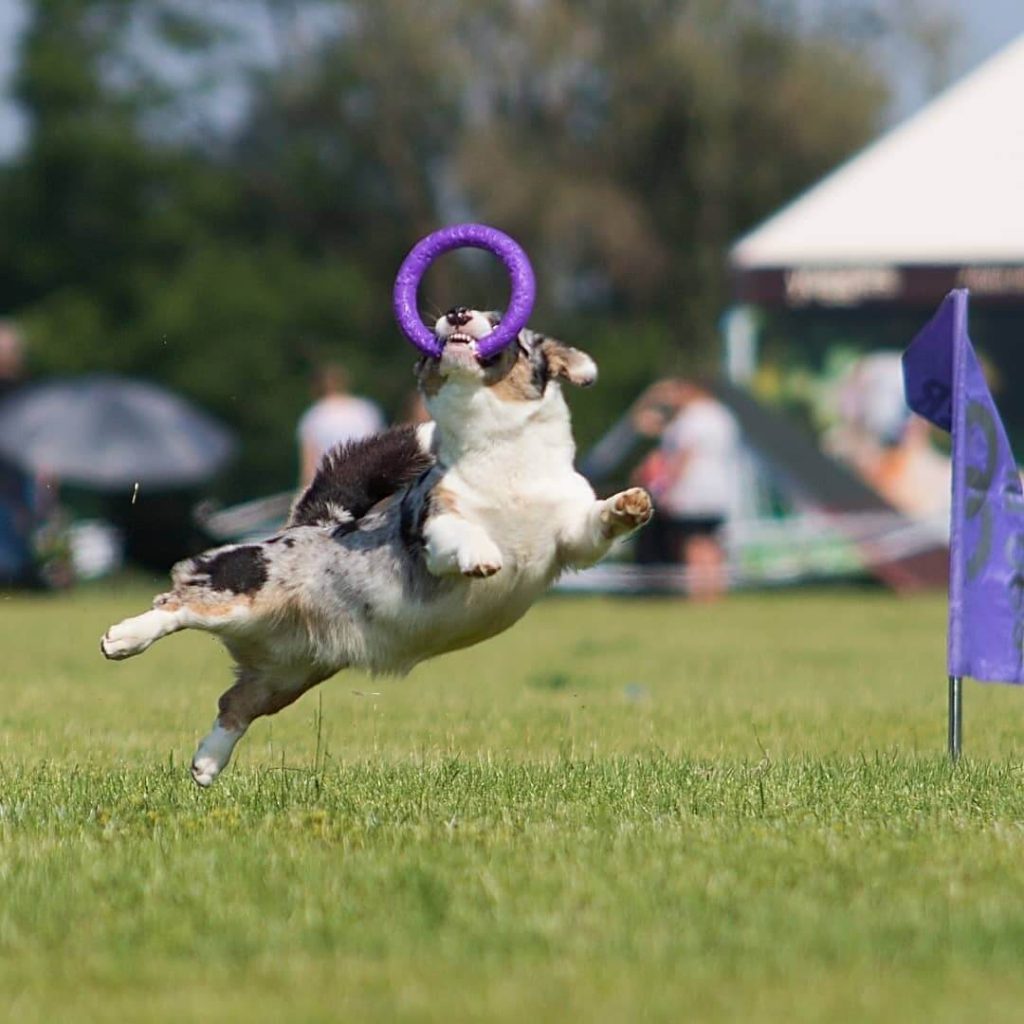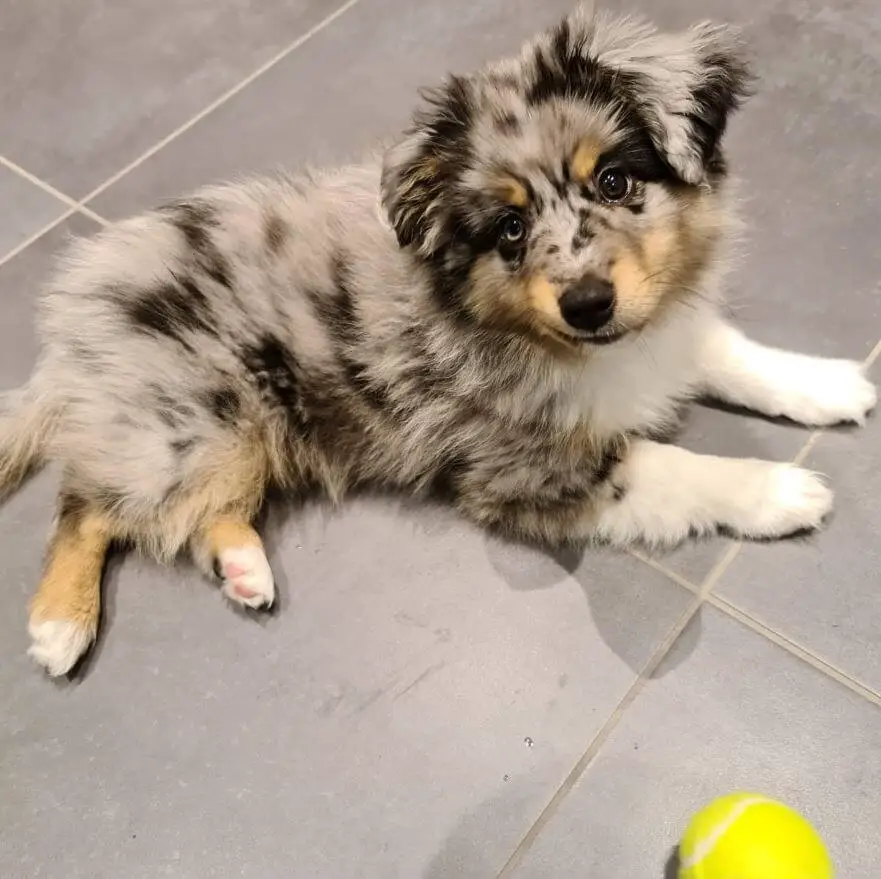Dog agility is a thrilling and entertaining canine sport that showcases a dog’s speed, agility, and teamwork with their handler. While it may seem like a challenging endeavor, agility training can be a rewarding and enjoyable experience for both you and your puppy. In this article, we’ll guide you through the steps to prepare your puppy for dog agility, including the essential training techniques and tips for success in this dynamic sport.

Getting Started with Puppy Agility Training:
- Start with Basic Obedience: Before diving into agility, ensure your puppy has a solid foundation in basic obedience commands like sit, stay, come, and heel. These commands will be invaluable during agility training.
- Choose Age-Appropriate Training: Puppies have developing bones and joints, so it’s crucial to begin agility training at an age-appropriate level. Most experts recommend starting agility training when your puppy is at least 12 months old for larger breeds and 9 months for smaller breeds.
Essential Puppy Agility Training Techniques:
- Foundation Training: Begin with teaching your puppy basic agility foundation skills such as targeting, jumping, tunnel work, and weave poles. These are the building blocks of agility training.
- Positive Reinforcement: Use positive reinforcement techniques, rewarding your puppy with treats and praise when they successfully complete agility tasks. Positive reinforcement motivates and builds confidence in your puppy.
- Short Training Sessions: Keep training sessions short and fun to prevent your puppy from becoming overwhelmed or losing interest. Aim for 10 to 15-minute sessions several times a week.
- Gradual Progression: Gradually increase the complexity of agility tasks as your puppy gains confidence and skills. For example, start with low jumps and gradually raise the height.
- Consistency: Consistency is key in agility training. Use consistent verbal cues and hand signals to communicate with your puppy, and always reward desired behaviors.
- Safety First: Ensure your puppy’s safety by using appropriate agility equipment designed for their size and age. Avoid strenuous exercises that could harm their developing joints.

Tips for Successful Puppy Agility Training:
- Positive Association: Make agility training a positive and enjoyable experience for your puppy. Use toys, treats, and plenty of praise to create a positive association with agility equipment.
- Patience and Persistence: Be patient with your puppy’s progress. Some skills may take longer to master, so don’t get discouraged.
- Handler Skills: Remember that agility is a team sport. Work on your own handling skills, including timing, body positioning, and effective communication with your puppy.
- Practice Outside of Class: Attend agility classes if possible, but also practice at home and in various environments to ensure your puppy is comfortable with different settings.
- Health and Wellness: Ensure your puppy’s overall health and well-being by providing proper nutrition, regular veterinary care, and adequate rest between training sessions.

Agility training is an exciting way to bond with your puppy while promoting their physical and mental well-being. By starting with basic obedience, using positive reinforcement, and gradually introducing agility equipment, you can prepare your puppy for the thrilling world of dog agility. Remember that the journey should be enjoyable for both you and your furry friend, so take your time, be patient, and have fun as you embark on this exciting adventure together.
